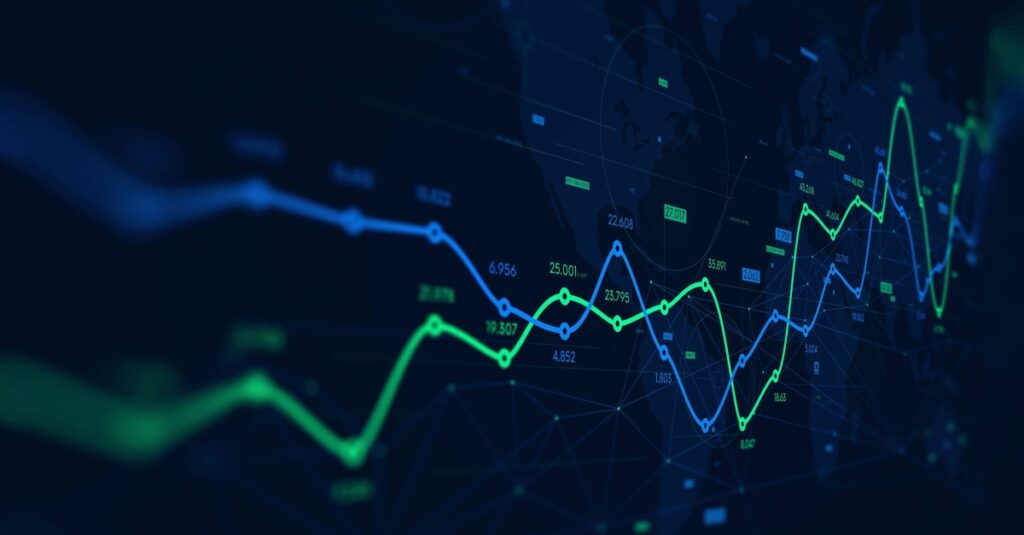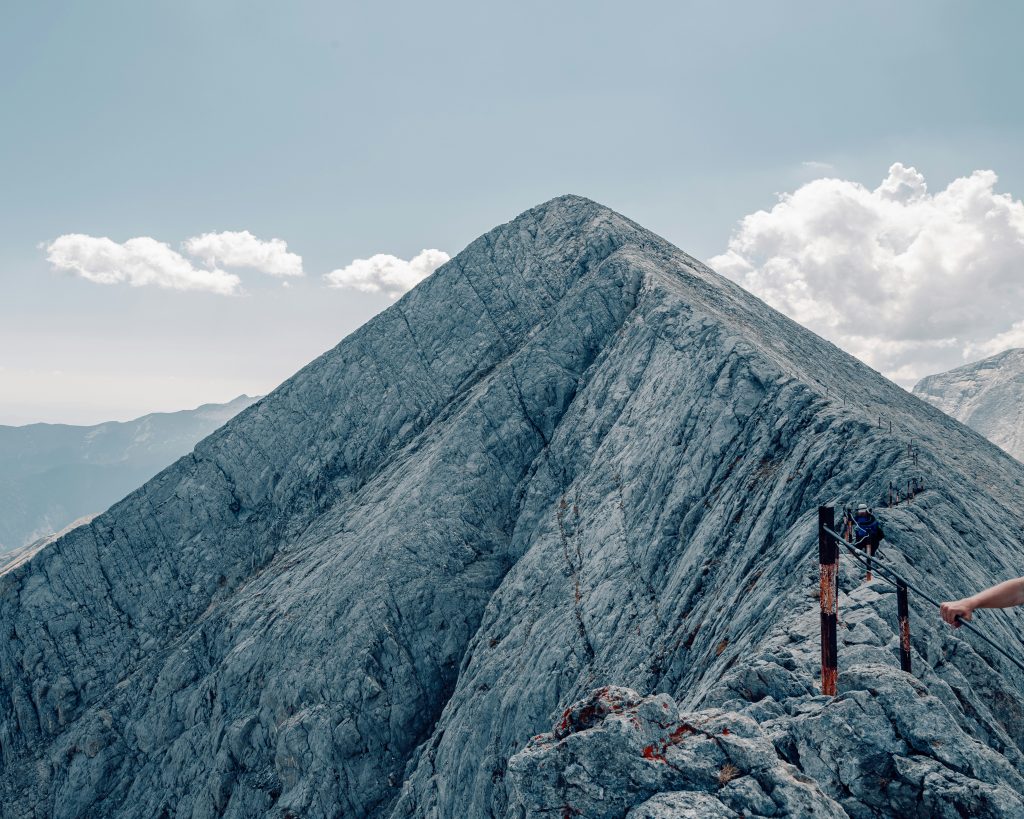Building houses, mobility, energy and nature – these are the areas in which Ballast Nedam is active. Customers are large and middle-sized companies, private and public. In addition to building roads and houses, the company installs foundations for offshore wind farms, invests in alternative fuel, extracts gravel, and works to make homes more sustainable. Ballast Nedam aims to be involved in the entire life cycle of projects – development, realization, management, recycling, and funding. This enables an integral approach.
An example is the approach of highway A2 through Maastricht, commissioned by the Ministry of Infrastructure and the Environment, where Ballast Nedam, as part of the combination Avenue 2, is working on an integral solution. The tunnel roof of the dual-layered tunnel will become at a later stage a green strip of nature that reconnects the different city parts of Maastricht. Large projects like these will in most cases be executed through a consortium with other contractors, to spread the risk. Just like the Kromhout military base in Utrecht, a project for the Ministry of Defense, with a value of more than EUR 450 million on an area of 19 hectares.
Life cycle thinking and doing
A public-private partnership (PPP), such as the Kromhout military base, is a form of cooperation between the government and one or more parties. In an increasing number of cases, Ballast Nedam is also taking on the responsibility, after the building phase, of management and maintenance. Such outsourcing of the management means clarity and cost savings for the government. For the construction firm, it is a secure source of income, which in certain cases also increases the room to maneuver when designing the project.
In another PPP-project for the construction of the A15 Maasvlakte-Vaanplein highway, the government posed a mobility question and requested a complete solution, starting with a list of concrete demands. This project is about the widening of the A15 at a busy section and the building of a new Botlek bridge. Ballast Nedam is part of the consortium A-Lanes A15, which is responsible for the design, building, and funding of the project plus 20 years of maintenance, with a value of approximately EUR 1.5 billion. Because of the management component, such projects last longer, sometimes even 30 years.
“These sorts of requests, where the government engages in a contract for many years and outsources the management, are relatively new,” explains Bart Buyck, financial controller at Ballast Nedam Concessions.
They have been in the market for about 10 years and have seen strong growth in this sort of contract in the past five years. That is why Ballast Nedam established its Concessions arm to focus on what we call ‘life cycle projects,’ public-private partnerships with a long completion time. Concessions acts within Ballast Nedam as financier. So how can Ballast Nedam finance these large long-duration projects?
Thinking outside the box
For every PPP-project, a Special Purpose Company (SPC) is established. The project is based around that SPC, which is the link between customer, financier, shareholder (Ballast Nedam and other investors), builder, and manager. With all these parties, the SPC concludes agreements. A PPP-project, with a contract value of sometimes hundreds of millions of euros, will for the largest part – 80-90 percent – be funded privately, by a bank. Depending on the size and the risk of the project, Ballast Nedam is involved in a certain portion, varying from 20 to 100 percent.
Ballast Nedam Concessions acts in the SPC as project manager, quality assurance manager, and process manager. Preferably, it will assume responsibility for the entire project. “In that case, you can make a difference at bids,” Buyck says. “If you continue to think inside the box, you will not achieve optimization. Designer, builder, and manager should decide together what the smartest, most efficient solution is. Only by doing so will you be able to break out of the box.”
Interest rate swaps
For the duration of the contract, the customer periodically pays a fixed amount of interest, repayment, and services. Buyck says: “An interest component is included on the customer’s invoice. When offering a PPP-project, you need to consider the impact of that interest rate and hence fix it. The funding is based on a floating interest rate. Because you receive a fixed interest rate and pay a floating interest, an interest rate risk arises. This risk limits financing possibilities and can have a negative effect on the return. To hedge interest rate risks, the SPC concludes an interest rate swap: it pays a fixed rate to the bank and receives a floating interest rate in return. That is how one can hedge that sort of risk.”
With hedged risks, all parties involved know where they stand. But from an accounting perspective, not all conditions will have been met. Ballast Nedam reports as a listed company under IFRS (International Financial Reporting Standards). IFRS contains rules for the preparation of annual statements and for other periodical financial reporting.
That is the moment when the expertise of Zanders Valuation Desk is required.
Bart Buyck, financial controller at Ballast Nedam Concessions.

“At this moment we have five of this kind of SPCs. In 2008 we were confronted for the first time with IFRS requirements with regard to the valuation of interest rate hedges on SPCs. We engaged Zanders at that time to value the interest rate swaps. Together we set up and refined the methodology.”
Hedge Accounting
Derivatives like interest-rate swaps have to be valued in the books at market value in accordance with IAS 39. Changes in market value must be accounted for in the profit and loss account. This can cause undesired temporary volatility in the result. To remedy that, IAS 39 allows for hedge accounting; a company can – provided certain conditions are met – put the market value of derivatives temporarily on its balance sheet.
Buyck notes: “Every quarter Zanders performs two things for us. Firstly, they determine the market value of the instrument using current yield curves. Secondly, they apply hedge accounting; they use an effectiveness test to determine the degree to which the hedge instrument is still in line with the premises on which it was originally concluded and the underlying funding position. We provide them with our loan positions and the forecasts for the future.”
If you do not apply hedge accounting, you must account for changes in market value in your profit and loss account. If you do apply hedge accounting and you comply with the requirements, you may put it as a provision on your balance sheet. “It is a very technical and specific area,” Buyck says. “All sorts of things are involved in this; the valuation methodology, the accounting in connection with that and finally the financial reporting both internally and vis-à-vis the auditor. But it does create transparency. Thanks to swaps – while causing accounting complexity – we have secure cash flows. This will make it easier to find funding for all the great projects we are still going to do.”
Zanders’ Valuation Desk provides and validates valuations of financial products for all market segments. In addition, experts study the financial markets and analyze market developments. The valuations and analyses of the Valuation Desk are objective and independent. The services of the Valuation Desk include periodic valuations (for example for commodity derivatives), hedge accounting, research, and support when calculating margin calls.
Would you like to know more? Contact us today.











































